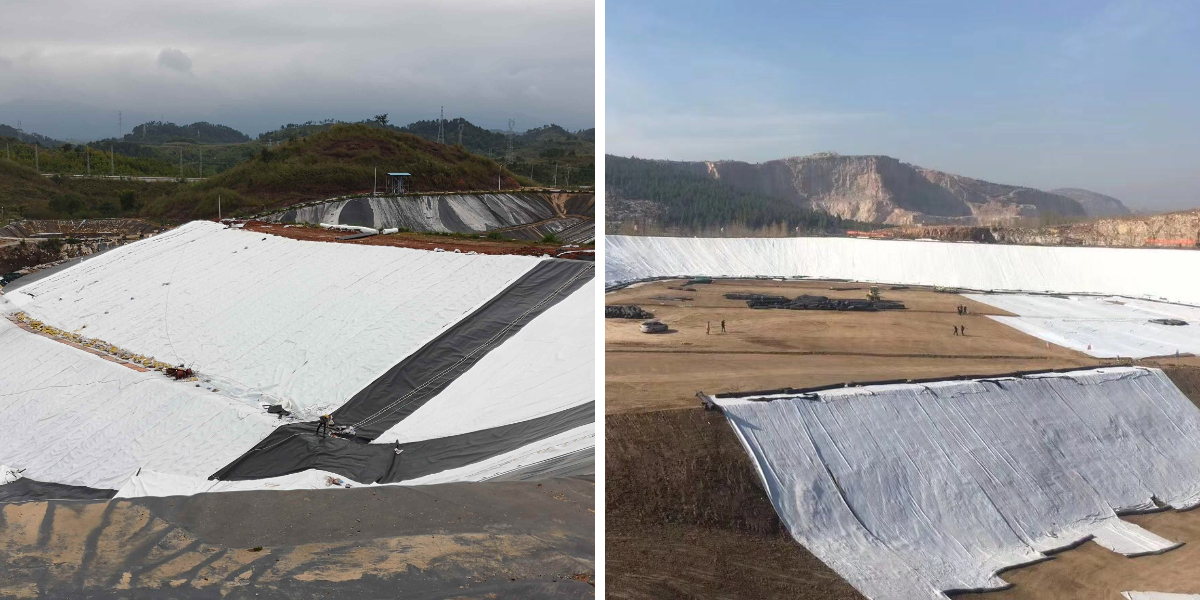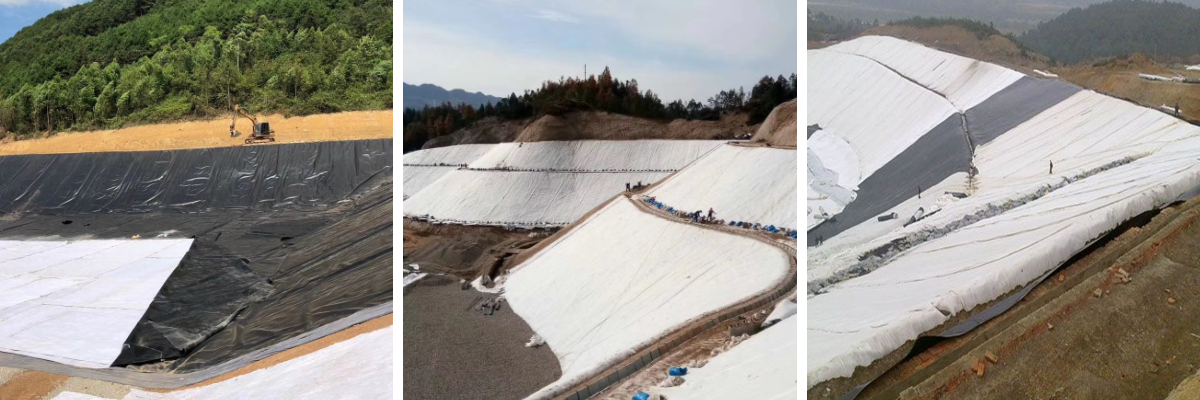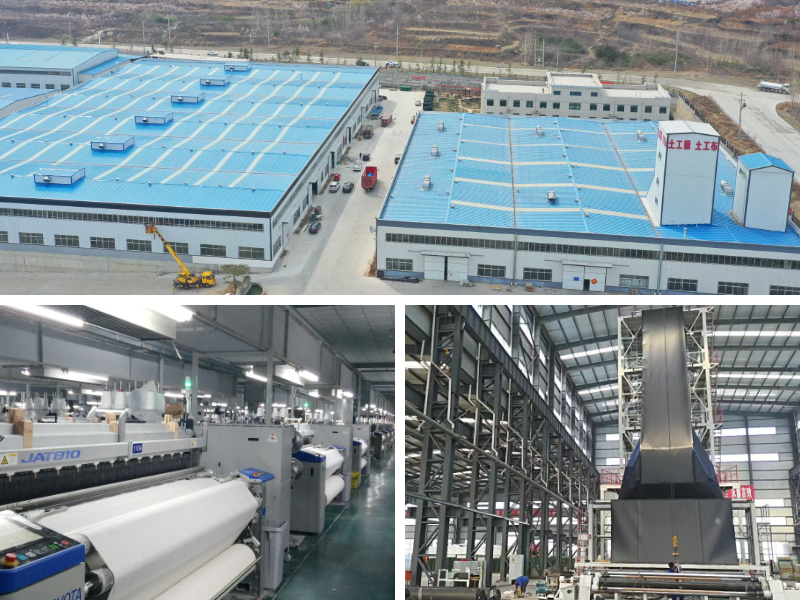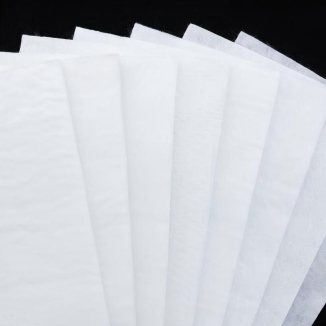Geotextile Cost vs Benefits: Why It Saves Money Long-Term
In construction, landscaping, and civil engineering projects, every budget desire matters. When planning projects that incorporate soil stabilization, drainage, or erosion control, many professionals at the starting hesitate at the idea of investing in geotextiles. They focal factor on the upfront cost, wondering if it’s a imperative expense. However, what often receives unnoticed is the long-term monetary influence of skipping this vital material. This article dives deep into the geotextile value versus advantages debate, displaying why selecting excellent picks like geotech fabric, drainage geotextile fabric, and knitted geotextile subsequently saves cash over time.
1. Understanding Upfront Geotextile Costs: What You’re Actually Paying For
Before exploring the long-term savings, it’s critical to smash down the initial charge of geotextiles. Many assume geotextiles are an pointless added expense, on the other hand understanding what goes into their pricing helps put the price in perspective.
First, geotextile costs vary based on the type, material, and application. Geotech material comes in different forms—woven, non-woven, and knitted geotextile—each designed for specific tasks. For example, non-woven geotextiles are often used for filtration, while knitted geotextile excels in soil reinforcement due to its high tensile strength. The cloth (such as polypropylene or polyester) also influences the price; durable, UV-resistant substances may moreover cost more upfront but closing longer.
Second, set up prices are phase of the upfront expense. However, in contrast to regular strategies (like the usage of gravel layers for drainage or guide soil compaction), putting in geotech material is surprisingly rapid and labor-efficient. Professionals with fundamental coaching can lay geotextiles in much less time than it takes to construct choice solutions, decreasing labor prices from the start.
It’s additionally essential to be aware that skimping on low-quality geotextiles leads to greater fees later. Cheap fabric may moreover tear during installation, degrade in harsh weather, or fail to furnish adequate support—all of which require excessive priced repairs or project rework. Investing in amazing geotech fabric upfront avoids these issues, making it a smarter financial choice in the prolonged run.
2. Long-Term Benefit 1: Reducing Soil Erosion and Repair Costs
Soil erosion is a silent budget killer for many projects. Uncontrolled erosion can wash away topsoil, damage foundations, and ruin landscapes—leading to pricey repairs that eat into task budgets. This is where geotech material shines as a cost-saving solution.
Geotech fabric acts as a barrier that holds soil in region while allowing water to drain naturally. Unlike temporary options (like straw blankets or plastic sheeting), which need customary replacement, quality geotextiles are designed to stand up to years of weathering, foot traffic, or heavy loads. For example, in avenue construction, setting geotech cloth between the subgrade and base layer prevents soil from mixing with aggregate, lowering erosion and extending the road’s lifespan. Without this fabric, roads would strengthen potholes or cracks lots sooner, requiring well-known resurfacing that expenses lots of greenbacks per mile.
Drainage geotextile cloth takes this a step in addition by combining soil stabilization with surroundings friendly water management. In landscaping projects, such as protecting partitions or flower beds, drainage geotextile fabric prevents water from pooling spherical structures. Pooled water can weaken retaining walls, cause root rot in plants, or lead to mold growth—all of which require luxurious fixes. By putting in drainage geotextile material upfront, assignment proprietors keep away from these restore costs, saving cash that would in any other case be spent on rebuilding or restoring broken areas.
Even in agricultural settings, geotech cloth reduces erosion-related costs. Farmers use it to line irrigation ditches, stopping soil from clogging pipes and decreasing the want for time-honored ditch cleaning. Over time, this saves hours of labor and avoids crop losses brought about through bad water flow—proving that geotextiles aren’t simply for massive development projects, however for any utility where soil stability matters.
3. Long-Term Benefit 2: Enhancing Drainage Efficiency and Lowering Maintenance Costs
Poor drainage is another fundamental cause of long-term undertaking expenses. Whether it’s a residential yard, a commercial parking lot, or a highway, standing water leads to a host of problems: cracked pavement, waterlogged soil, and elevated wear on structures. Drainage geotextile fabric is specifically engineered to unravel these issues, and its long-term cost monetary savings are significant.
Traditional drainage solutions, like French drains or gravel trenches, require everyday maintenance. Gravel can grow to be clogged with soil or debris, lowering water drift and forcing property proprietors to dig up and exchange the gravel— a time-consuming and pricey process. Drainage geotextile fabric, however, acts as a filter that maintains soil particles out whilst permitting water to omit through. This skill drains continue to be clear for longer, decreasing the want for maintenance. For example, in a industrial parking lot, installing drainage geotextile material under the asphalt prevents rainwater from seeping into the subgrade and inflicting cracks. Without it, the parking lot would want to be resurfaced each 5-7 years; with drainage geotextile fabric, that lifespan extends to 10-15 years, reducing protection prices in half.
Knitted geotextile additionally performs a function in drainage efficiency, in particular in initiatives that require flexibility. Unlike rigid drainage materials, knitted geotextile conforms to uneven terrain, making certain consistent water go with the flow across the whole project area. This is in unique useful in inexperienced roof projects, the place knitted geotextile helps distribute water evenly to flora whilst stopping soil from clogging drainage systems. Green roofs without fabulous geotextiles often go via from waterlogging, leading to plant loss of existence and roof damage—costs that are easily averted with the right geotech fabric.
Over time, the monetary savings from decreased renovation add up. A study with the useful resource of the Geosynthetic Institute found that duties using drainage geotextile fabric had 30% lower annual maintenance costs in distinction to projects the use of normal drainage methods. For a massive industrial property, this may choose to mean saving tens of thousands of dollars each and every year—money that can be reinvested in other factors of the business.
4. Long-Term Benefit 3: Extending Project Lifespan and Avoiding Early Replacement
One of the biggest financial benefits of geotextiles is their attainable to extend the lifespan of projects, retaining off the need for early replacement. Whether it’s a road, a maintaining wall, or a sports field, every and every task has a anticipated lifespan—and changing it early is a predominant financial burden.
Geotech fabric extends project lifespan by way of using reinforcing soil and stopping degradation. For example, in preserving wall construction, geotech cloth is used to improve the backfill soil, lowering strain on the wall and stopping it from transferring or collapsing. Without this reinforcement, retaining partitions frequently fail within 10 years, requiring entire substitute that can value $20,000 or more. With geotech fabric, protecting partitions can final 25 years or longer, doubling their lifespan and halving the long-term cost.
Knitted geotextile is particularly positive for initiatives that require flexibility and strength, like sports things to do fields or playgrounds. These areas experience heavy foot traffic, which can compact soil and create uneven surfaces. Knitted geotextile acts as a cushion that distributes weight evenly, stopping soil compaction and maintaining surfaces protected and level. Without it, sports activities fields would want to be resodded or resurfaced each 3-4 years; with knitted geotextile, they can final 8-10 years, decreasing alternative prices by way of 50%.
Roads are every other top instance of how geotextiles lengthen lifespan. The Federal Highway Administration reviews that roads constructed with geotech cloth have a lifespan of 15-20 years, in contrast to 10-12 years for roads besides it. Resurfacing a mile of toll road expenses about 1 million, so extending the lifespan by 5 years saves 1 million in early replacement costs. For state and close by governments, this is a massive monetary savings that can be used to fund different infrastructure projects.
5. Why Cutting Corners on Geotextiles Costs More in the End
Some undertaking proprietors strive to retailer cash through skipping geotextiles or the usage of low-quality products, however this selection nearly continually backfires. The temporary financial financial savings are far outweighed via the long-term costs of repairs, replacements, and maintenance.
Low-quality geotech fabric often fails to meet employer standards for electrical energy and durability. It may tear in the route of installation, degrade when exposed to daytime or chemicals, or lose its filtration capabilities over time. For example, the utilization of a cheap non-woven geotextile in a drainage mission may quit result in the material clogging with soil, main to water pooling and structural damage. Fixing this harm ought to cost 10 situations more than the preliminary price of a super drainage geotextile fabric.
Skipping geotextiles completely is even riskier. In a residential outdoor project, for instance, no longer the usage of geotech material below a patio can lead to soil erosion, inflicting the patio to sink or crack. Repairing a sunken patio requires getting rid of the existing pavers, leveling the soil, and reinstalling the patio—costs that ought to have been prevented via spending a few hundred greenbacks on geotech material upfront.
Even in small projects, the value of slicing corners provides up. A house proprietor who skips geotech fabric in a flower mattress may additionally spend 50 every yr changing lifeless vegetation due to poor drainage. Over 10 years, that’s 500—far higher than the $100 cost of a first-class drainage geotextile fabric.
The bottom line is: geotextiles are no longer an non-compulsory expense—they’re an funding in the long-term durability and cost-effectiveness of your project. Choosing wonderful geotech fabric, drainage geotextile fabric, or knitted geotextile upfront saves you money by reducing repairs, lowering maintenance costs, and extending the existence of your project.
Conclusion: Geotextiles Are a Smart Long-Term Investment
When evaluating geotextile value to benefits, it’s clear that geotextiles are a smart economic desire for any challenge that includes soil, water, or structural stability. The upfront price is minimal in contrast to the long-term financial financial savings from reduced erosion, limit maintenance, and extended mission lifespan.
Whether you’re the usage of geotech material for street construction, drainage geotextile cloth for landscaping, or knitted geotextile for sports activities fields, every kind of geotextile brings special cost-saving benefits. By investing in satisfactory geotextiles, you’re now not simply defending your project—you’re protecting your budget.
So, the subsequent time you’re planning a project, don’t let upfront charges scare you away from geotextiles. Instead, suppose about the long-term: each greenback you spend on geotextiles nowadays saves you more than one bucks in repairs and replacements tomorrow. Geotextiles don’t simply keep money—they supply you peace of mind, understanding your assignment will stand the take a look at of time.
Contact Us
Company Name: Shandong Chuangwei New Materials Co., LTD
Contact Person :Jaden Sylvan
Contact Number :+86 19305485668
WhatsApp:+86 19305485668
Enterprise Email: cggeosynthetics@gmail.com
Enterprise Address: Entrepreneurship Park, Dayue District, Tai 'an City,
Shandong Province









